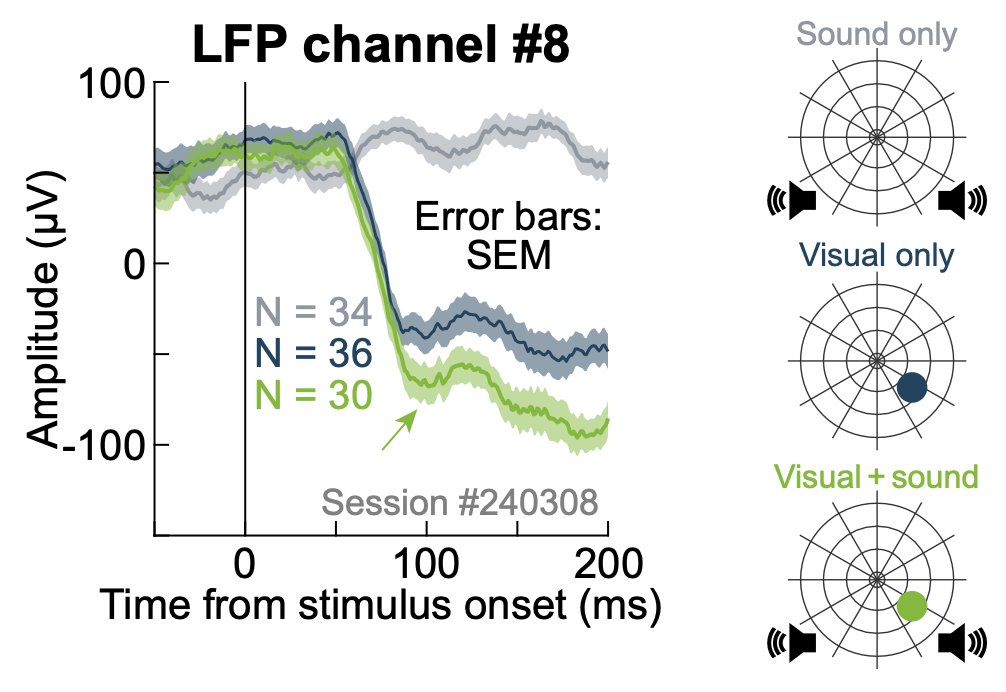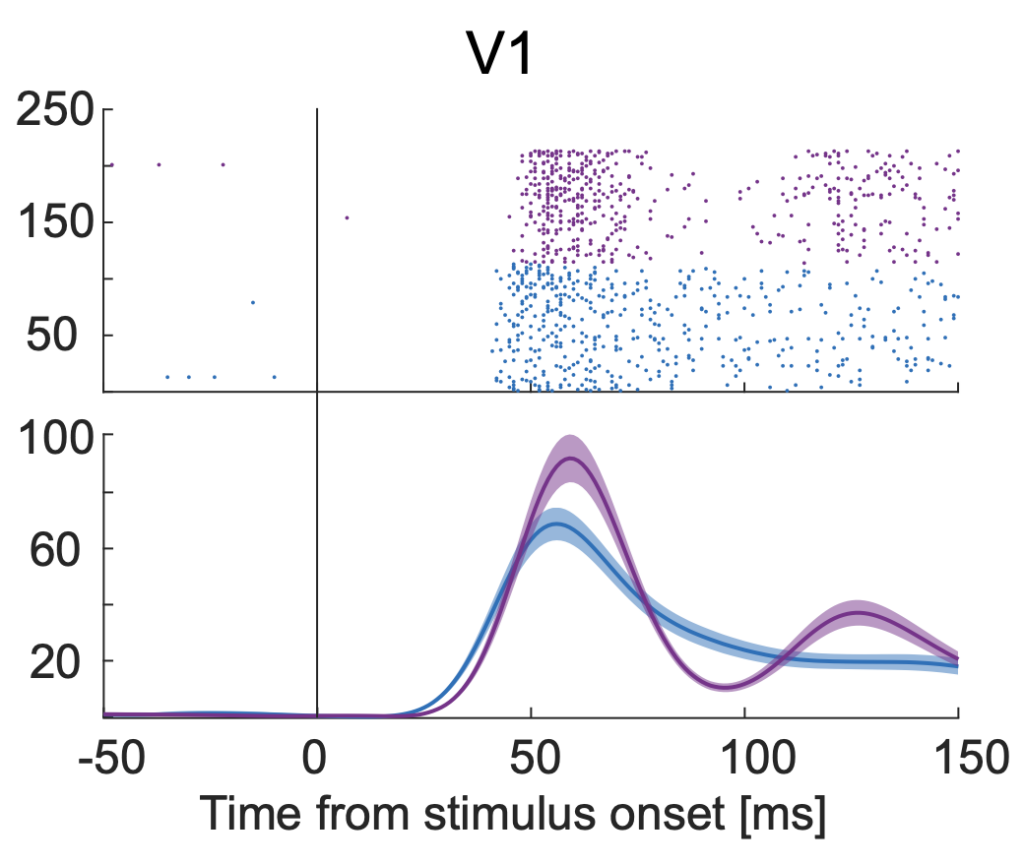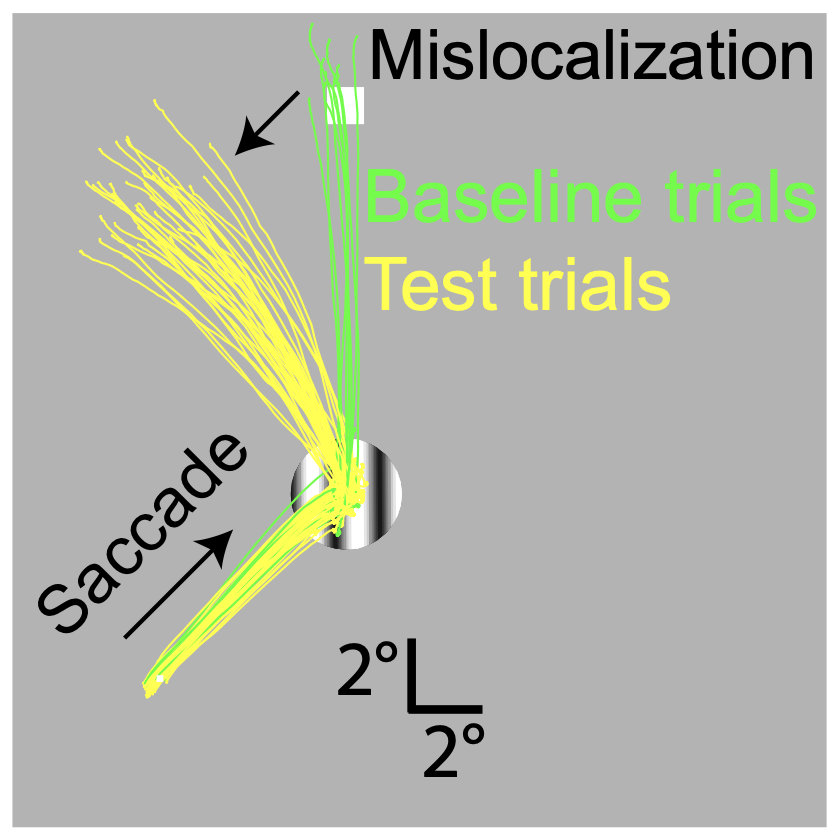Our lab just participated in the 14th Primate Neurobiology Meeting, which took place in Göttingen.
We had several presentations at the meeting.
First off, Tanya gave a talk about visual-motor pathways mediating eye movement behaviors. She described our results on inactivating the primary visual cortex (V1) and exploring whether pathways other than the geniculostriate one can support eye movement behavior. We found that multi-sensory stimulation can activate otherwise-dormant alternative pathways. More interestingly, the effects are immensely magnified with active orienting behaviors, as opposed to simply fixating gaze on a small spot.

We also had a couple of other presentations involving V1! In the first, Wenbin compared saccadic suppression, or the reduction in visual sensitivity for stimuli presented around the time of saccades, in V1 and the superior colliculus (SC). We found that saccadic suppression is much stronger in the SC than in V1. More remarkably, V1 is not suppressed at all for dark contrasts. This is very intriguing and motivating human perceptual experiments to explore its implications.

Yue also compared V1 to SC. This time, she was more interested in the temporal filters of neurons in both areas. She found that SC neurons have much faster temporal filters than V1 neurons, in general. However, this trend was only violated for high spatial frequencies, for which V1 exhibited very rapid temporal filters. She also explored dark versus bright contrasts. SC neurons had similar temporal filters for both. However, V1 neurons had different filter characteristics, suggesting that natural dynamic scenes might also have differential likelihoods of dark and bright contrasts. These results add to our observations that, despite the SC receiving most of its input directly from V1, it does not simply copy what V1 does. Rather, it reformats the V1 input for its own use. In this case, the rapid SC temporal filters could allow neurons to quickly be able to trigger motor spikes for driving eye movements.

Finally, Matthias presented our work on demonstrating peri-saccadic perceptual mislocalization in macaques. This work is important because it sets the stage for advanced neurophysiological experiments on the mechanisms of perceptual stability despite constants shifts of retinal images caused by rapid eye movements.

